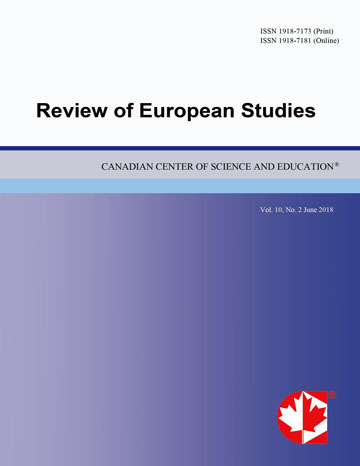Anthropological Perspective Study on the Muslims in Mysore City-India (Case study Shia Muslims)
- Jalal Jafarpour
Abstract
India, because of including a collection of religions and religious minorities altogether in itself, especially in this modern era, is a remarkable case of study and consideration. This study also, as an anthropological research and in order to get familiar with the religious identity of Muslims and Shias of Mysore in particular, has played its role. This project is a case study about the Shia Muslims in Mysore; it has also a historical look upon formation of cultural identity of Shias in India. During the reign of the Arab traders, they brought Islam into the South Indian state of Karnataka almost as soon as the faith was initiated in Arabia. Along with their faith, Muslims brought many products to the region. The Islamic presence and power in the state reached its greatest heights during the reigns of Hyder Ali and his son Tippu Sultan. Though killed by the British in 1799, Tippu Sultan was one of the only national leaders to defeat the British in battle and is still considered a hero for many Indians. The internal structure of Indian Muslims as a religio-ethnic group was quite complex. Shias Islam has deep-rooted influence in present and history of India from North to South with various Shia Muslim dynasties ruling Indian provinces from time to time.
- Full Text:
 PDF
PDF
- DOI:10.5539/res.v8n4p137
Index
- ACNP
- CNKI Scholar
- DTU Library
- Elektronische Zeitschriftenbibliothek (EZB)
- EuroPub Database
- Excellence in Research for Australia (ERA)
- Genamics JournalSeek
- Google Scholar
- Harvard Library
- HeinOnline
- Infotrieve
- JournalTOCs
- Mir@bel
- Open policy finder
- RePEc
- ResearchGate
- ROAD
- Scilit
- Technische Informationsbibliothek (TIB)
- The Keepers Registry
- Universe Digital Library
- WorldCat
Contact
- Paige DouEditorial Assistant
- res@ccsenet.org
